Picture the store Brandy Melville: white planked walls, glistening fairy lights, and a hint of perfume that captures the essence of a teenage girl. Mothers and daughters flood the store, sorting through tangled clothes that people can barely tell apart.
The soft-colored bottoms and casual tops make it feel like a real-life Pinterest board—same outfit, different font. With just one click of the “checkout” button or the beep of a barcode scanner at the mall, affordable fashion is at everyone’s fingertips. But what if the wizard of the clothing industry starts to be revealed for what it truly is: a source of destruction rather than extravagance?
What is Fast Fashion?
Without realizing it, consumers may shop from brands that are considered “fast fashion.” So-called “fast fashion” is when a company rapidly produces cheaply made, though not necessarily low-quality, clothing in different colors and patterns to appeal to those who follow “micro trends,” a short-lived trend usually deriving from social media. The companies also often have unethical practices.
Brands like Shein and Temu tend to be the most notable, but in reality, the majority of stores at a local mall, like Hollister, Urban Outfitters, and Brandy Melville, all follow the new production trend.
How Has Fashion Production Evolved?
The pace and price at which fashion is produced aren’t what they used to be. Before the Industrial Revolution, people owned as few as two outfits because clothing was more expensive.
Now, we live in arguably the richest society in American history, yet somehow, clothing is cheaper. According to NBC News, since 2019, overall prices have risen by 26 percent, but clothing prices have increased by only 6 percent. This makes it easier for people to dress how they want, regardless of the money in their pockets.
Instead of living a minimalist life, we choose to spend our money buying inexpensive pieces as a form of retail therapy, while the quality suffers. Freshman Olivia Manfrey said, “I feel like fashion back then was made with a lot more care and not as manufactured. So, nowadays, people are just trying to sell as much as possible without really caring about the quality.”
Thanks to companies pumping out clothing like never before, shoppers have had the privilege of seeing new, refreshed clothes with every visit to their favorite store.
US History Teacher Daniel Asad, who makes an active effort not to shop fast fashion, said, “There used to be two seasons, right? You had your spring/summer season and your fall/winter season. Now, fast fashion has tried to create not just four seasons, but one of the interviews I saw recently was that fast fashion has really tried to create 52 seasons every
Year.”
So, what caused this shift? According to the documentary The True Cost, in 1960, America made 95 percent of its garments. In today’s world, America only makes 3 percent, while the rest are outsourced from low and middle-income countries. More outsourced production means apparel prices are going down, changing the industry.
However, as Cher from Clueless would say, fast fashion is a “full-on Monet.” It’s like an impressionist painting. From far away, cheap clothing prices seem okay, but up close, fast fashion is a big old mess. While we may be the ones buying the clothing, the environment and garment workers are paying the price.
Environmental Impact
One of the concerns surrounding fast fashion is carbon emissions. According to UNECE, 8-10 percent of carbon emissions can be attributed to fast fashion. As the United Nations explains, greenhouse gases cover the Earth, causing heat to be trapped inside the atmosphere.
This leads to global warming. But fast fashion’s environmental impacts don’t stop there. Water, the very thing that keeps organisms alive, has become polluted and wasted because of the fashion industry. The fact of the matter is that water is precious. This is why, when looking at a t-shirt that says 100 percent cotton, alarm bells should be going off.
According to FSU Sustainable Campus, on average, 2,700 liters of water are used to make a single cotton shirt. In simpler terms, the amount of water it takes to make a cotton shirt equates to 900 days of drinking water for one person.
Cotton isn’t the only cloth affecting water, though. The main materials in polyester, another common fabric, are purified terephthalic acid and monoethylene glycol. Rolls off the tongue, doesn’t it? Both of these raw materials are common in the manufacturing world. The problem with polyester is that these unprocessed materials can contaminate and toxify water.
Especially since purified terephthalic acid is a primary ingredient for plastic, microfibers are released into water through clothes when washing and other activities. The dyes used for fabrics like polyester and cotton also cause issues regarding water. According to washington.edu, around a tenth of all byproducts are released into the waste stream during manufacturing.
These toxic dyes reach lakes, ponds, rivers, and the ocean. This is a global obstacle. “The dyes that are being used to make these clothes end up in the river basins in developing nations, and these dyes are toxic,” said Asad. “They create health problems not just for the humans but for the environment, for the animals, and for the fishing resources, foods that people then eat.”
So, why do we still use these materials? The simplest answer is the cheap production costs. Junior Sonia Anderson said, “So you’re talking about polyester stuff like Shein; you see that their prices are so cheap, so a lot of people buy [fast fashion], but it won’t last as long.”
Treatment Of Workers
Because of the U.S.’s newfound love for outsourcing, they can hire workers in developing countries, making the labor hours long and the treatment gruesome. As reported by Sustain Your Style, employees for these companies usually work 14-16 hours a day, seven days a week.
This isn’t just for adults. The fast-fashion industry has dealt with the controversies of child labor (notably, Shein and Temu). According to commonobjective.co, children are used in one or more sections of clothing and jewelry supply chains in 51 countries.
Forcing children to work long hours can cause health problems, such as malnutrition, heat stroke, exhaustion, paralysis, and the list goes on. Sophomore Norveig Brøndbo said, “Kids are supposed to be outside playing with their friends, not inside working to get money.”
Children aren’t the only victims of corporate greed. Fair Wear Foundation interviewed 731 Vietnamese women working in garment factories, only to find that 43.1 percent have suffered from some form of harassment or violence. Stories consisted of rape, verbal abuse, groping, and slapping. They also discovered that younger and more educated women were even more likely to face this treatment.
Deaths
Clothes cost us money, but what if they also cost us others’ lives? In Bangladesh, the 2012 Tazreen Fashion fire killed more than 112 workers, leaving hundreds more injured. Also, due to poor safety measures, the 2012 Ali Enterprises fire in Pakistan caused the death of around 260 garment employees.
But the most infamous incident took place on April 24th, 2013, in Dhaka, Bangladesh. An eight-story commercial building crowded with shops, a bank, and garment workers known as Rana Plaza crumbled and crashed to the ground. Large, worrisome cracks on the walls of the facility were discovered on April 23, 2013, just a day before the tragedy would unfold. After the cracks were found, the bank and shops instantly closed, but the garment workers were asked to continue with their jobs the next day.
Little did the employees know, their lives would be changed–or ended–within hours. This led to thousands of injuries and the deaths of 1,134 people. The Rana Plaza collapse resulted in the creation of the International Accord on Fire and Building Safety, which, going forward, helped to save thousands of lives.
Employees amputated their own limbs in hopes of survival, others were buried in rubble, and ultimately, survivors were left with broken ribs and PTSD–all of which could’ve been prevented.
Why Do We Still Shop at Fast-Fashion Brands?
As people sit at school or in the comfort of their own homes, they’re likely wearing at least one item that qualifies as fast fashion. It’s almost unavoidable. According to a survey conducted with 69 Shorecrest students, 92.4 percent of people said they would continue shopping at a store even if they discovered it was considered fast fashion.
There could be several different reasons for this sentiment, but it’s important to take into consideration why fast fashion has such a chokehold on people, especially Gen Z.
Such can be credited to the affordability and accessibility. “[Fast fashion] feels a lot more accessible, but since we live in a capitalistic society, people just care
about money,” said freshman Sanjay Sinha. “So many [companies] who participate in fast fashion have very low costs, bump up the prices a little bit, and are widely accessible because their profit margins are so big.”
So maybe one day, things will change. What if we prioritized the planet and people over profit and prices? What if we start now, rather than pretending to be Clueless about the impact the fashion industry has on our environment and workers?




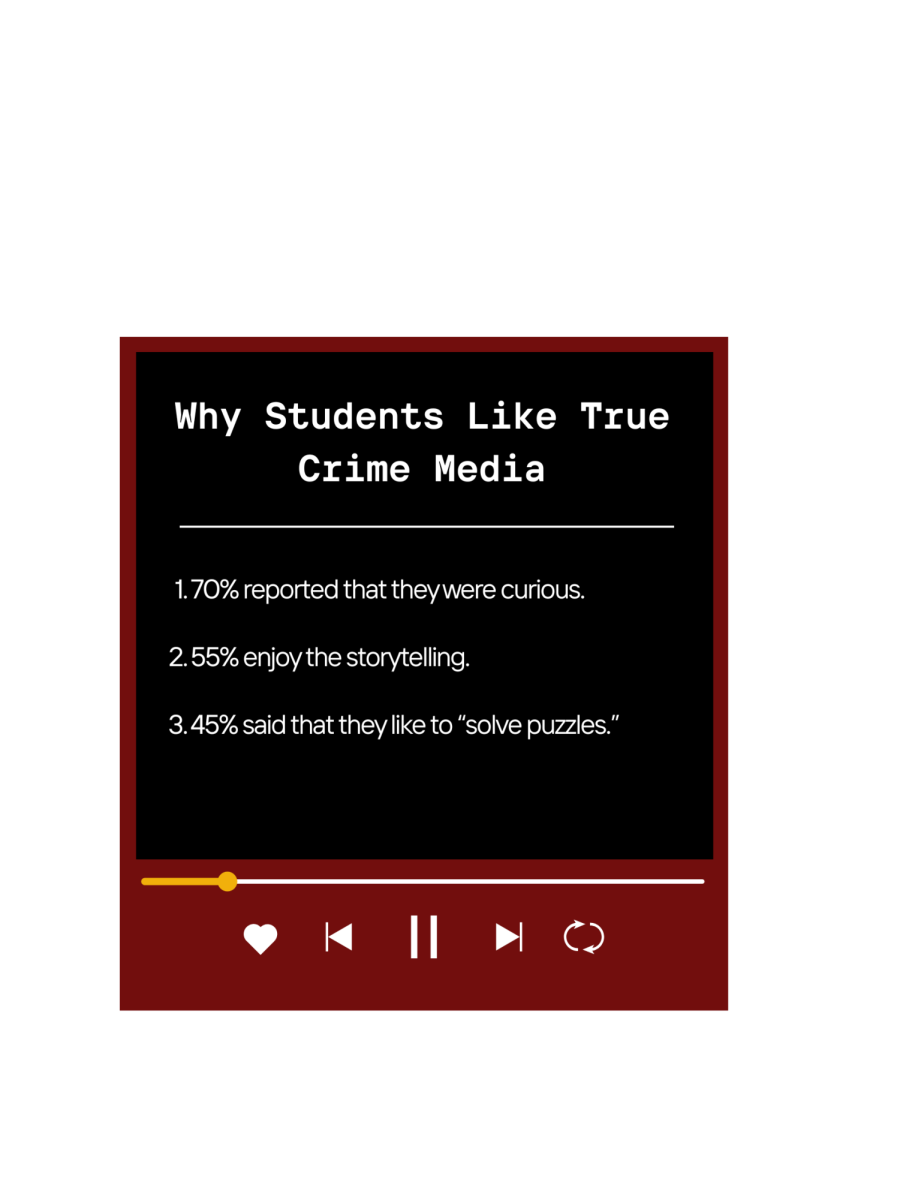
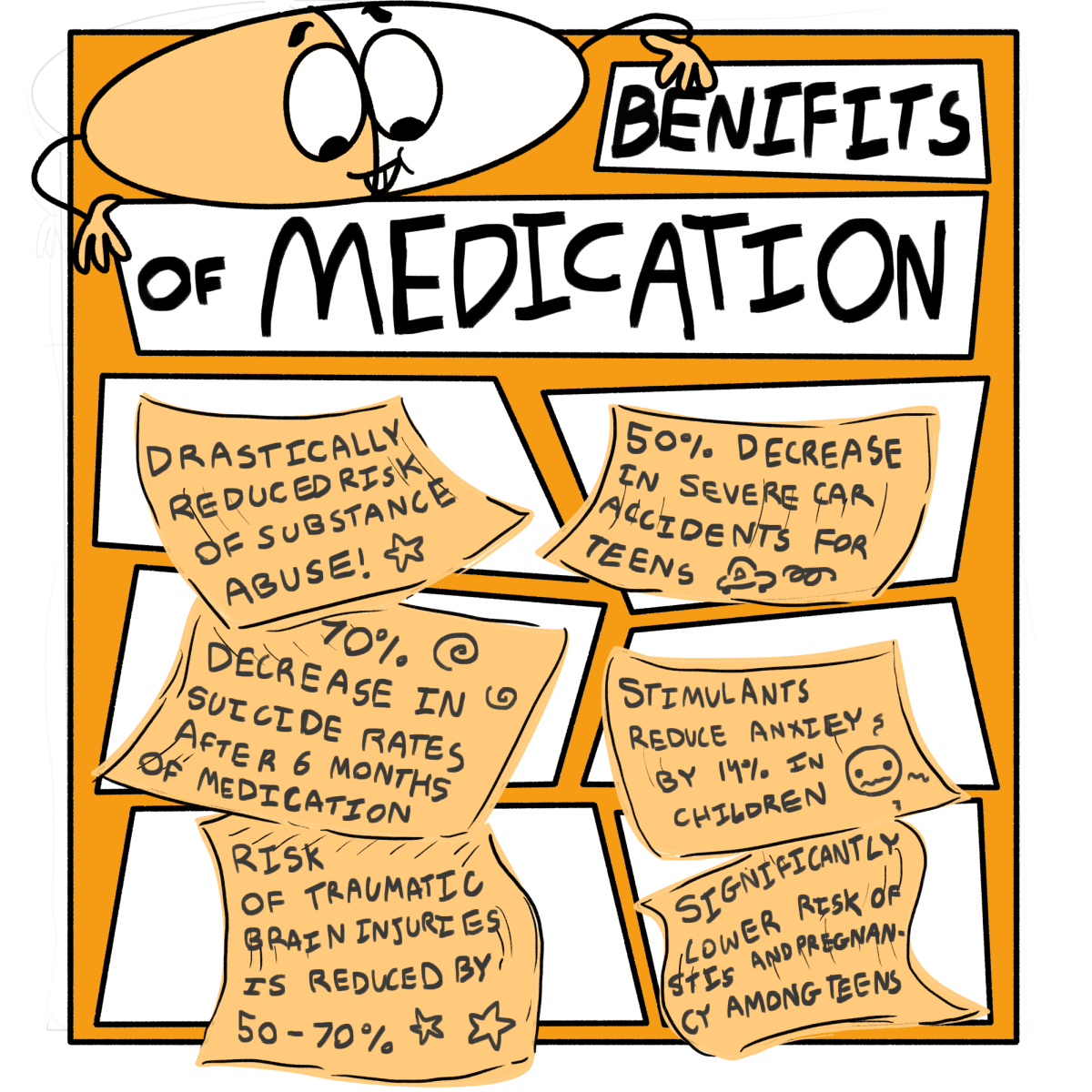
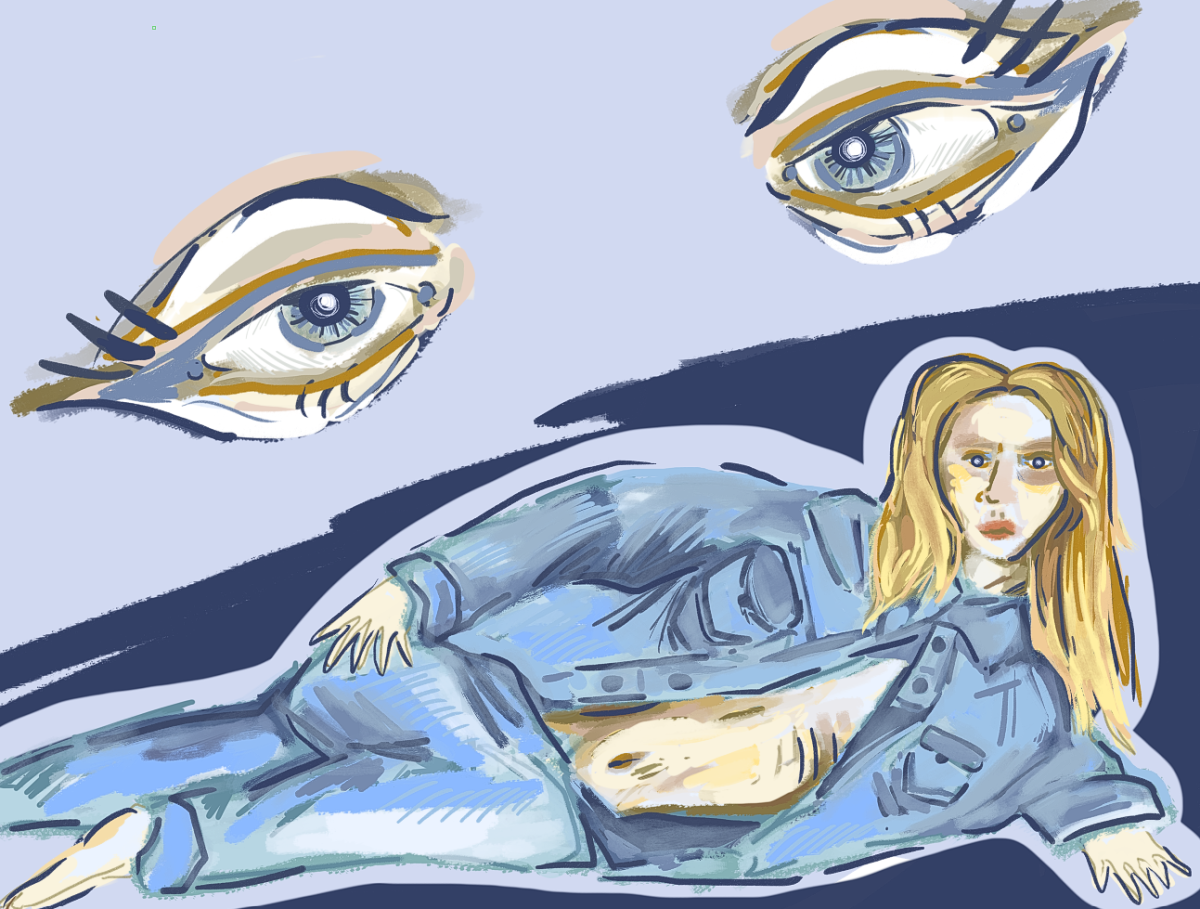












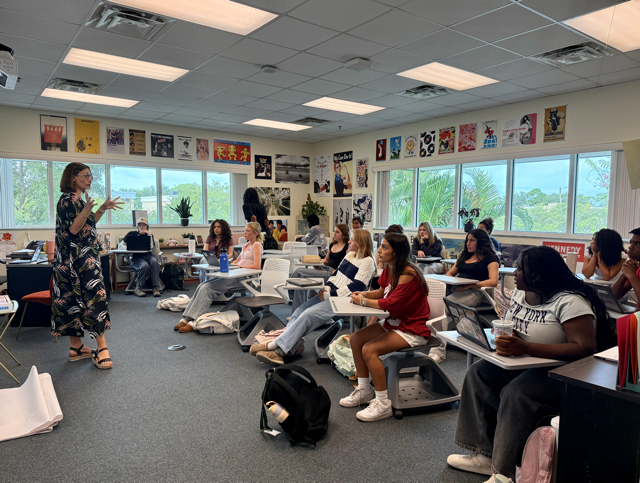


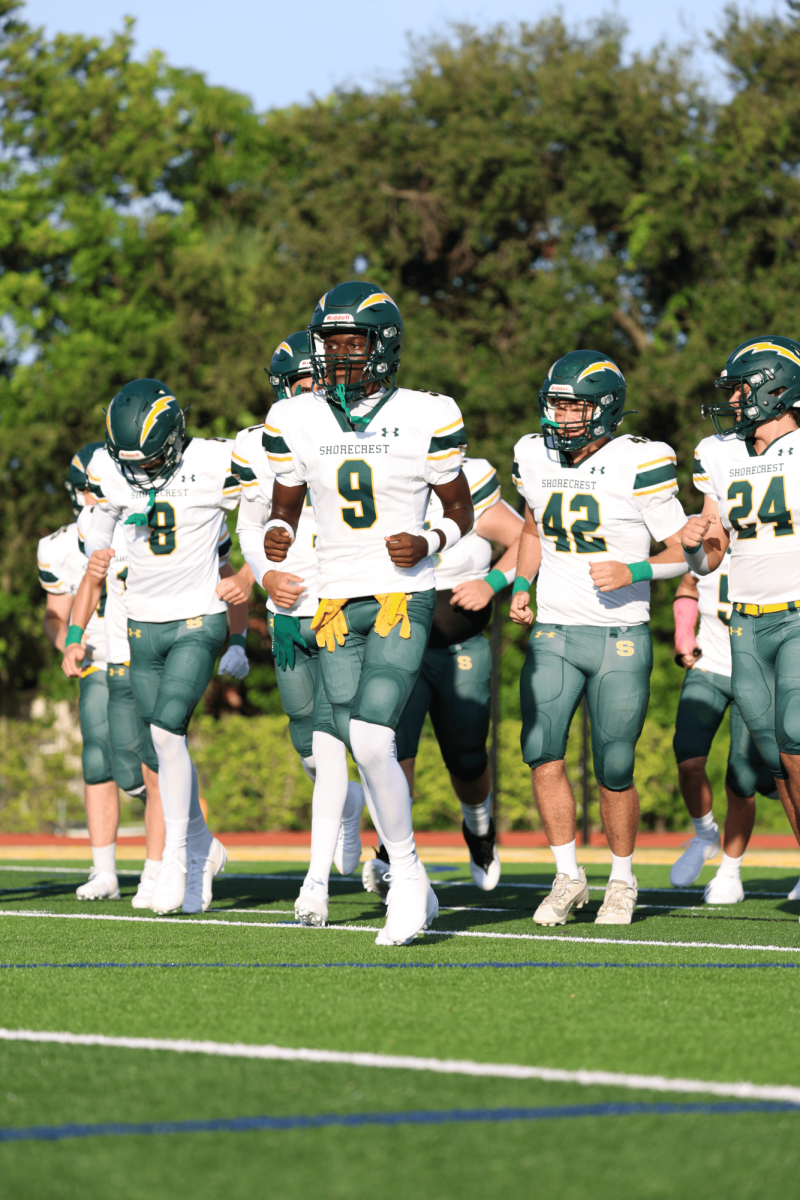




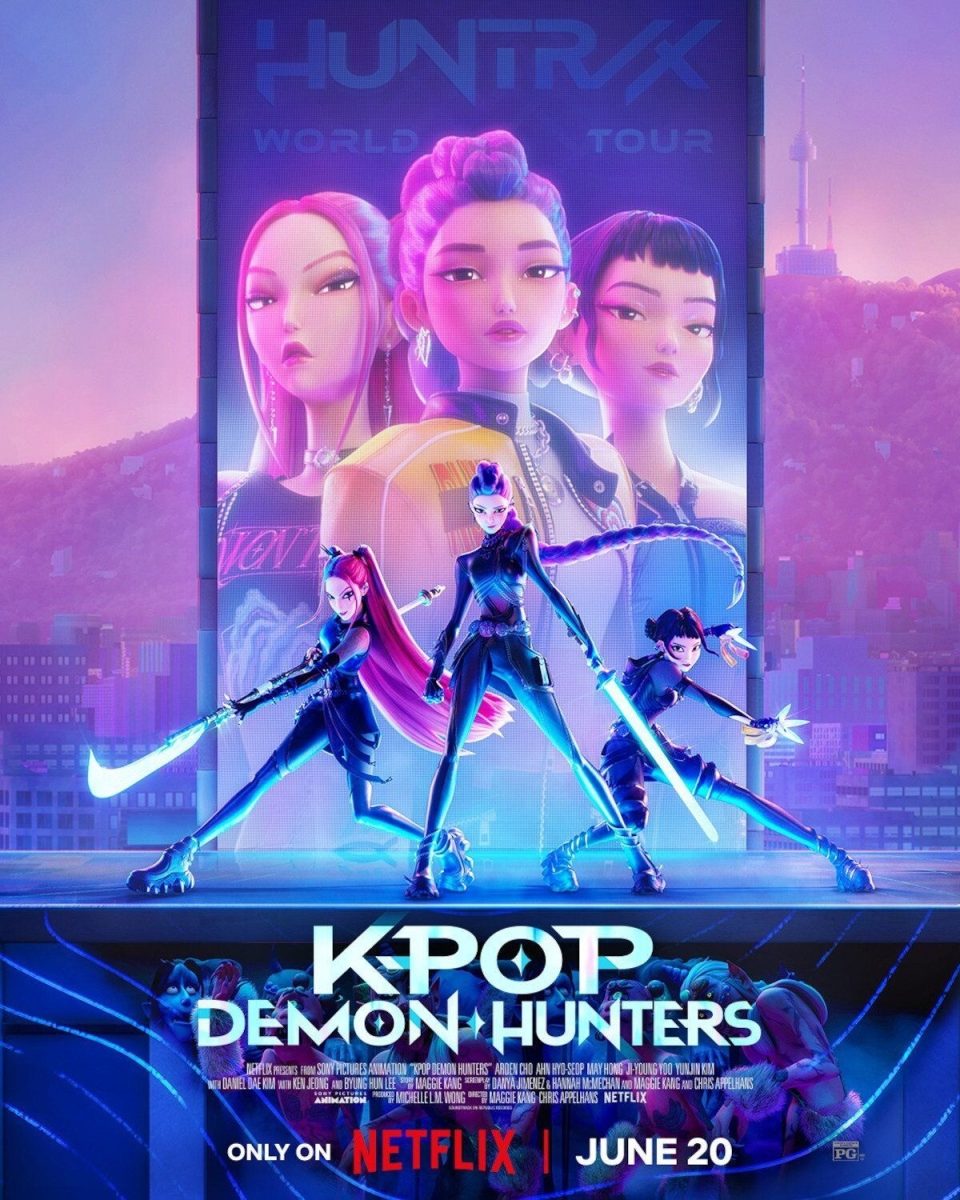




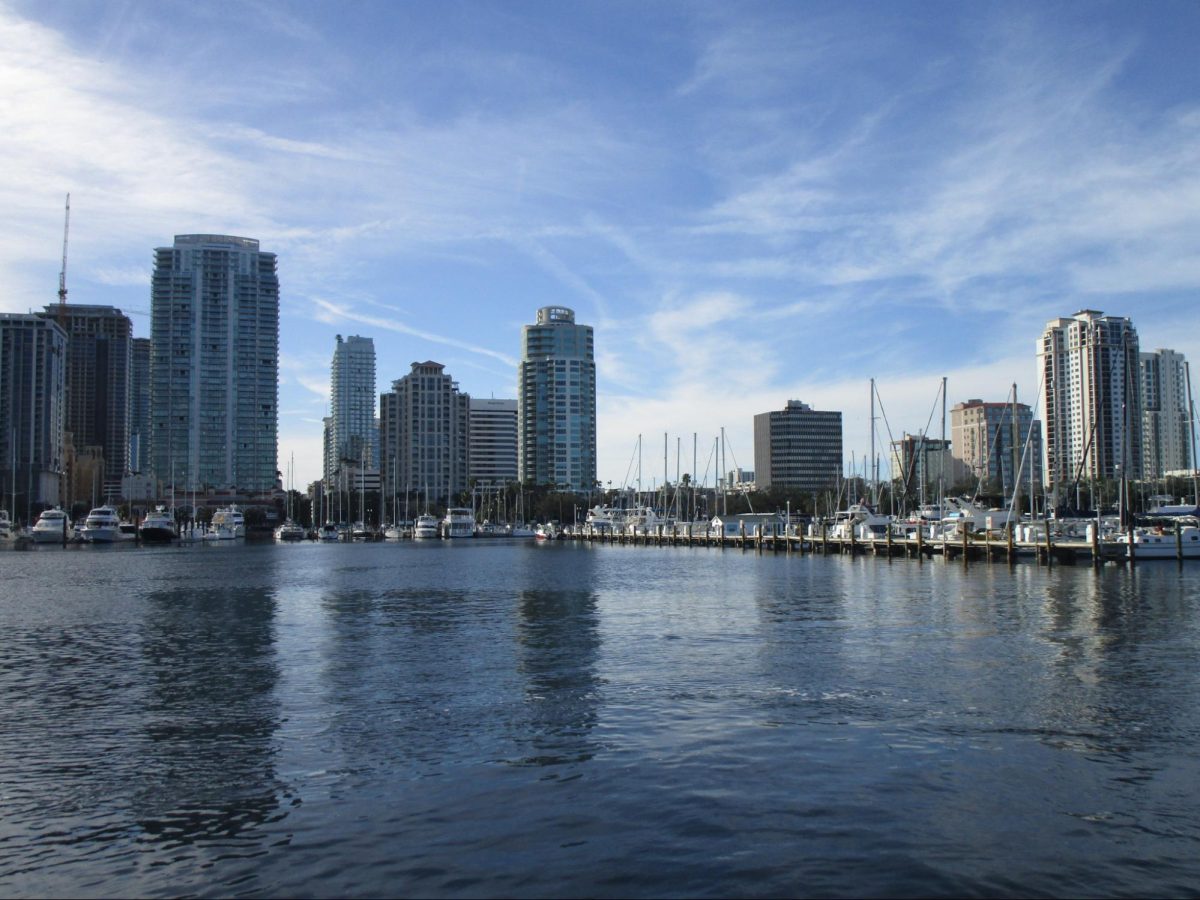

![Thespians pose on a staircase at the District IV Thespian Festival. [Front to back] Luca Baker, Maddison Cirino, Tanyiah Ellison, Alex Lewis, Summer Farkas, Jill Marcus, Ella Mathews, Sanjay Sinha, Isabella Jank, Sofia Lee, Boston Littlepage-Santana, Sally Keane, Tyler Biggar, Tanner Johnson, Jasper Hallock-Wishner, Remy de Paris, Alex Jank, Kaelie Dieter, and Daniel Cooper. Photo by Michael McCarthy.](https://spschronicle.org/wp-content/uploads/2024/12/image1-900x1200.jpg)











